How To Make Hard-Boiled Eggs
This post may contain affiliate links. Read my full disclosure policy.
Perfect hard-boiled eggs, every time! With firm whites and creamy yolks, this foolproof method ensures your eggs are cooked just right, without the dreaded green ring.
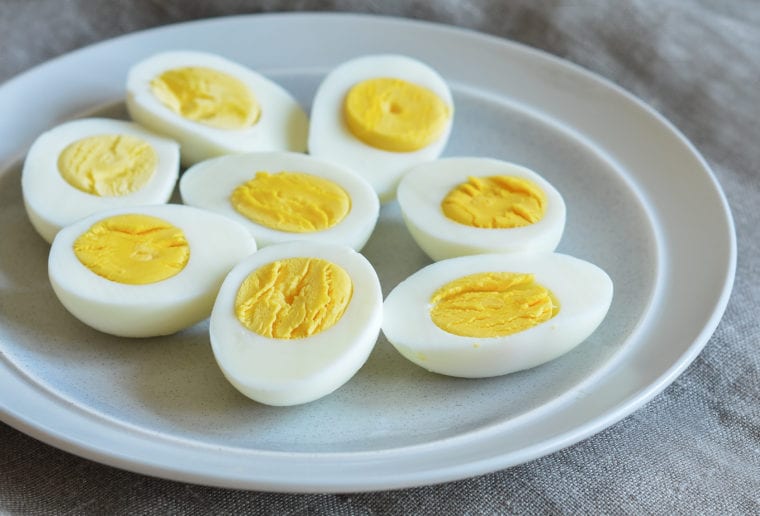
There’s a reason they’re called the incredible edible egg—eggs are high in protein, low in calories, packed with nutrients, and incredibly versatile. Hard-boiled eggs are great for so many things, and since they’re portable, they make a perfect grab-and-go breakfast. While they’re easy to make, they’re also easy to mess up. There are countless methods out there, but this one guarantees perfect hard-boiled eggs every time: firm whites that aren’t rubbery, creamy yolks that are fully cooked with no unsightly green ring. Best of all, no fancy equipment needed—just eggs, a pan, and a kitchen timer.
Once you’ve mastered the art of the hard-boiled egg, you’ll have a great source of protein ready for all kinds of dishes, whether you’re making egg salad, potato salad, jazzing up a fresh Cobb salad, topping off avocado toast, adding them to a sandwich, or just sprinkling them with a little salt and pepper for an easy snack. If you’re interested in other simple ways to cook eggs, check out my soft-boiled eggs and poached eggs.
How To Make Hard-Boiled Eggs
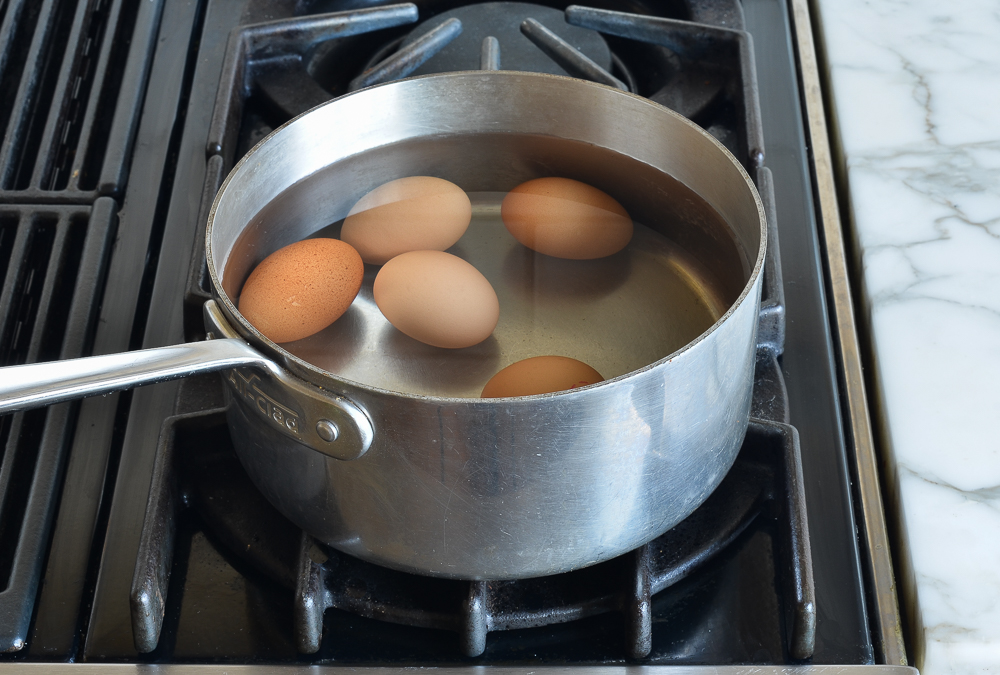
Begin by placing the eggs in a saucepan large enough so that they sit in a single layer (use eggs that have been in the fridge for a week or two as they will be much easier to work with). Fill the pan with enough cool water so that it covers the eggs by about an inch. It’s important to start the eggs in cold water — bringing the water and eggs up in temperature together ensures even cooking and prevents cracking. Bring the water to a rolling boil over high heat, then immediately remove the pan from the heat.
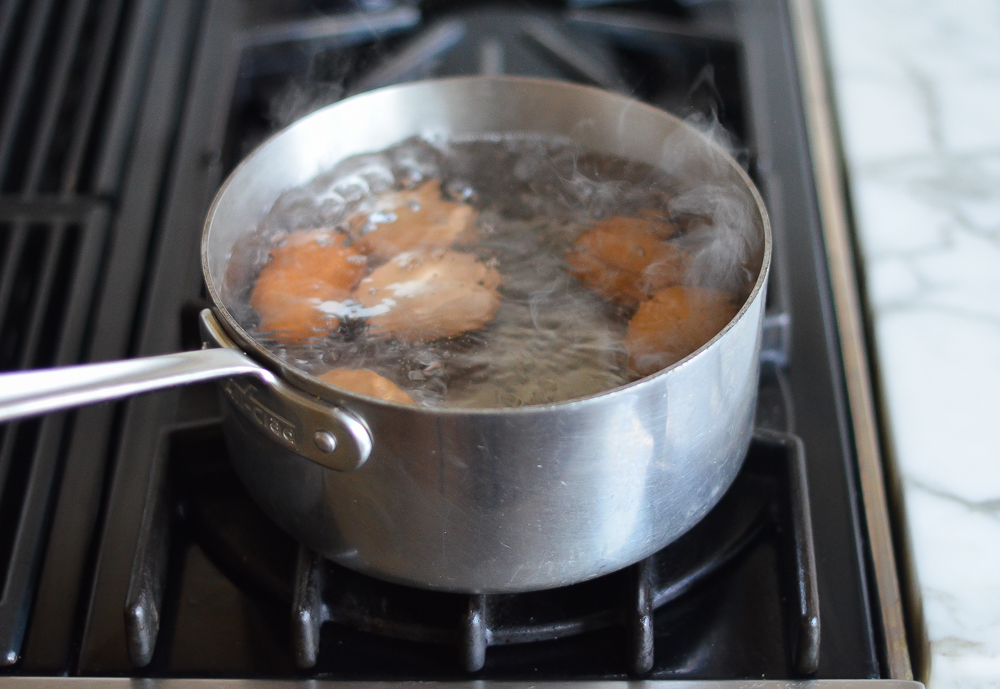
Cover, and let stand for 10 minutes. (Keep in mind that I use standard large eggs — for smaller or larger eggs, you’ll need to adjust the cook time by a minute or so in either direction.)
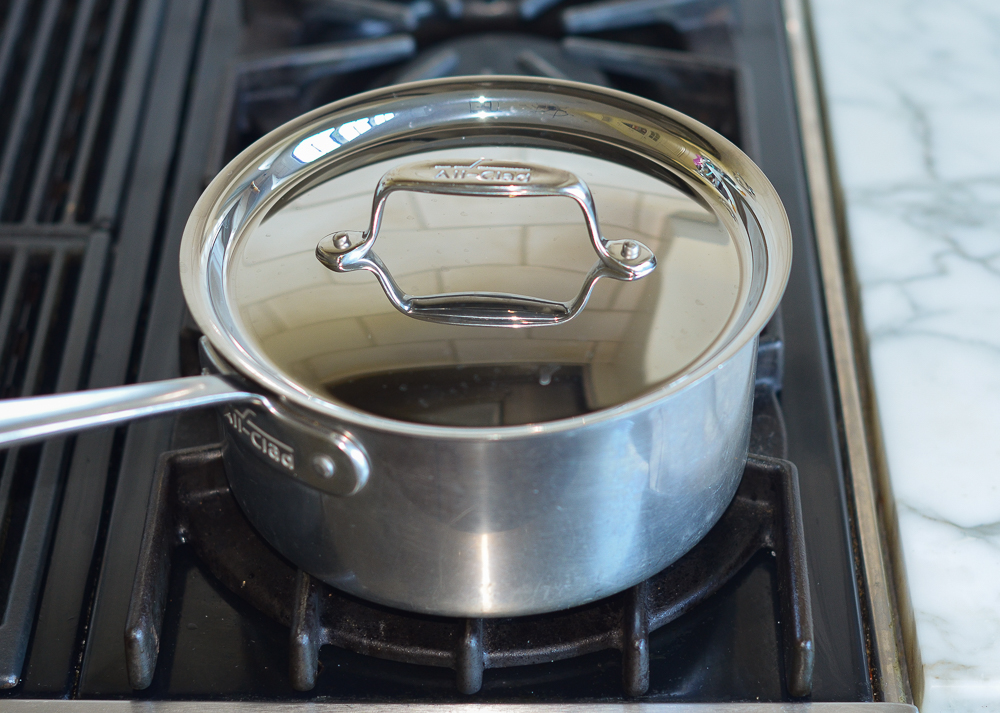
Carefully pour out the hot water.
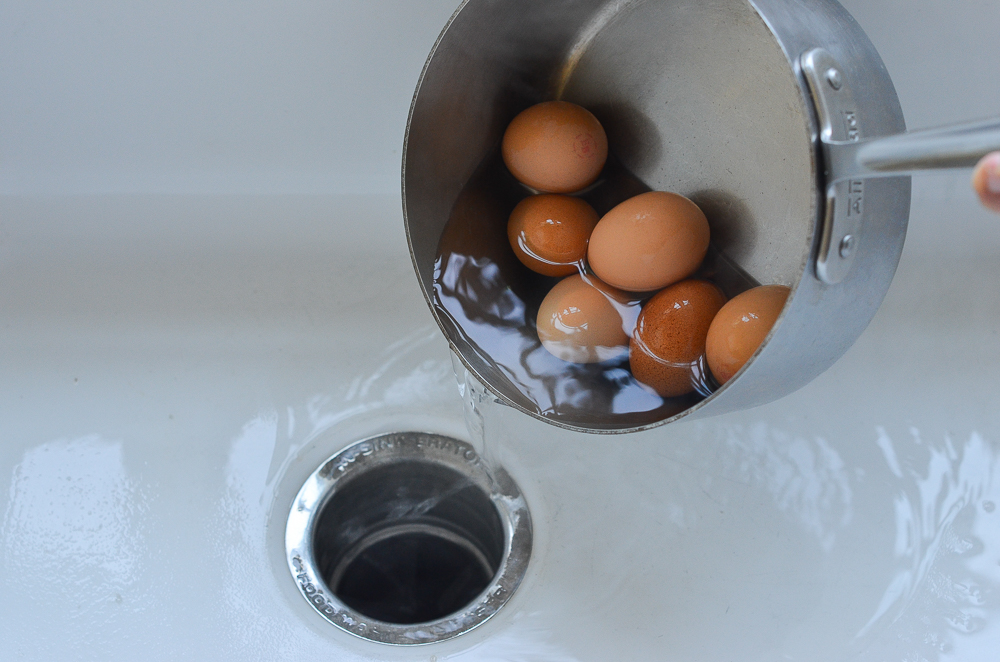
Then place the pan in the sink and run cold water over the eggs until the pan is lukewarm, 1 to 2 minutes. Drain and refill with cold water; let stand until the eggs are room temperature, about 10 minutes.
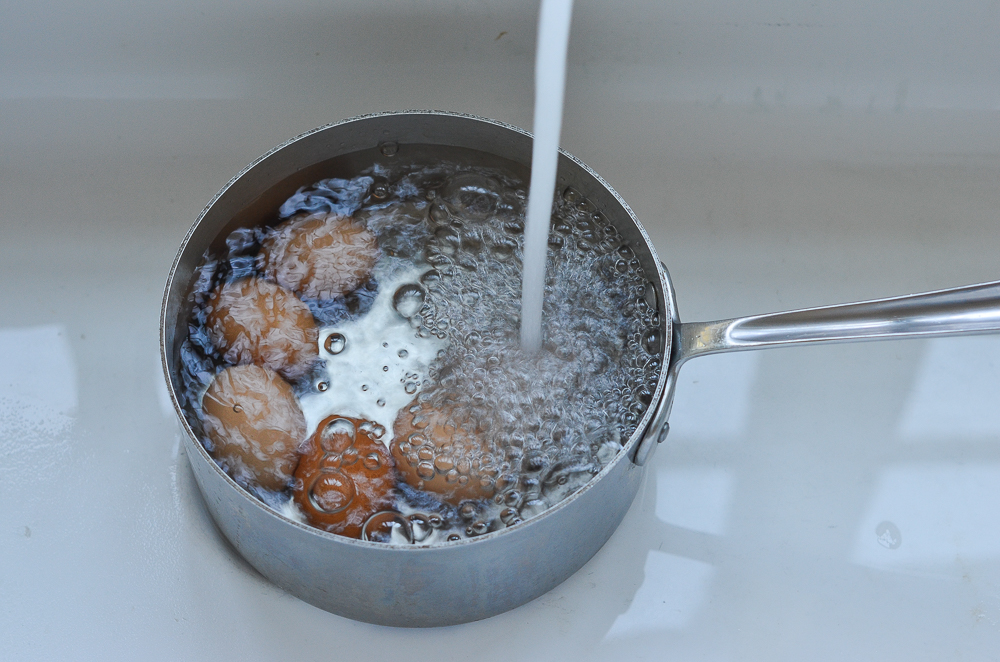
Gently crack the eggs all over (just tap them on your countertop) and peel them under running water.
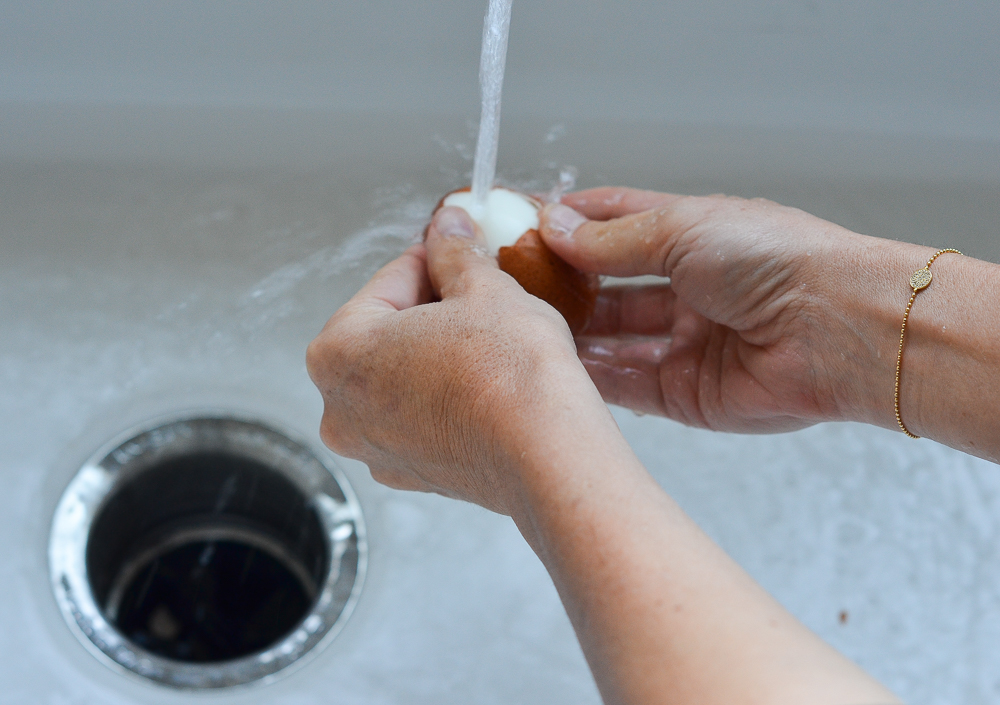
The eggs can be cooked and peeled 3 days ahead. If you keep the eggs in their shell, they can last for up to a week. Store in an airtight container in the refrigerator.
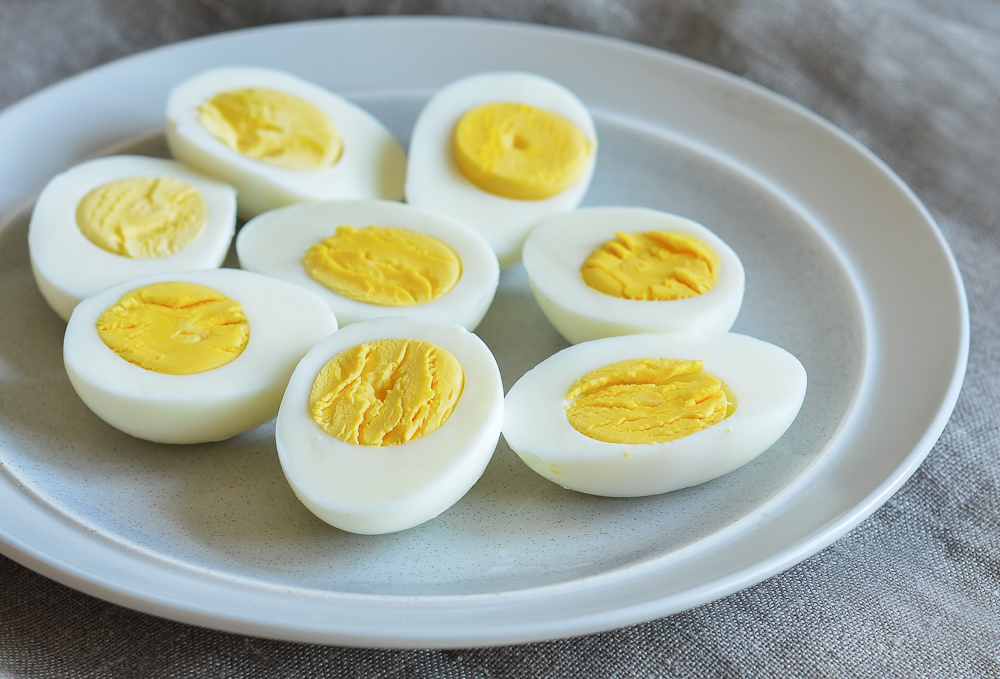
Frequently Asked Questions
For easier peeling, try to use older eggs. The fresher the egg, the more attached the shell will be, so eggs that have been in the fridge for a week or two are much easier to peel.
The green ring forms when eggs are overcooked. To avoid this, be sure to follow the recommended cooking time and immediately run the eggs under cold water after boiling to stop the cooking process.
You May Also Like
Hard-Boiled Eggs
Perfect hard-boiled eggs, every time! With firm whites and creamy yolks, this foolproof method ensures your eggs are cooked just right, without the dreaded green ring.
Ingredients
Instructions
- Place the eggs in a saucepan in a single layer, and fill the pan with enough cold water so that it covers the eggs by about an inch.
- Bring to a rolling boil over high heat, then remove the pan from the heat, cover, and let stand for 10 minutes.
- Carefully pour out the hot water; place the pan in the sink and run cold water over the eggs until the pan is lukewarm, 1 to 2 minutes. Drain and refill with cold water; let stand until the eggs are room temperature, about 10 minutes. Gently crack the eggs all over and peel under running water.
- Make Ahead: Eggs can be cooked and peeled 3 days ahead. If you keep the eggs in their shell, they can last for up to a week. Store in an airtight container in the refrigerator.
- Tip: When peeling an egg, start at the wider end -- there's usually a small air pocket in there, which makes the eggshell easier to remove.
Nutrition Information
Powered by ![]()
- Serving size: 1 egg
- Calories: 61
- Fat: 4 g
- Saturated fat: 1 g
- Carbohydrates: 0 g
- Sugar: 0 g
- Fiber: 0 g
- Protein: 5 g
This website is written and produced for informational purposes only. I am not a certified nutritionist and the nutritional data on this site has not been evaluated or approved by a nutritionist or the Food and Drug Administration. Nutritional information is offered as a courtesy and should not be construed as a guarantee. The data is calculated through an online nutritional calculator, Edamam.com. Although I do my best to provide accurate nutritional information, these figures should be considered estimates only. Varying factors such as product types or brands purchased, natural fluctuations in fresh produce, and the way ingredients are processed change the effective nutritional information in any given recipe. Furthermore, different online calculators provide different results depending on their own nutrition fact sources and algorithms. To obtain the most accurate nutritional information in a given recipe, you should calculate the nutritional information with the actual ingredients used in your recipe, using your preferred nutrition calculator.

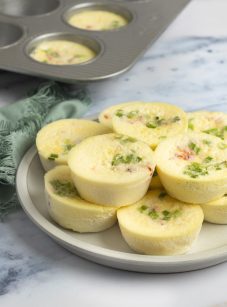
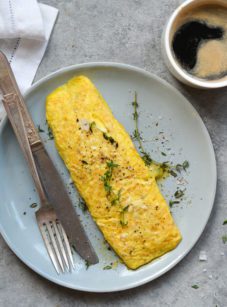
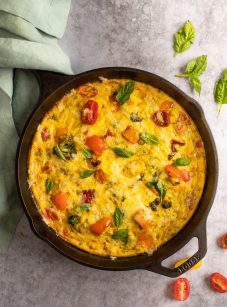
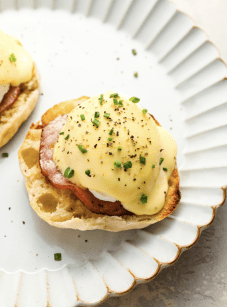
Rolling the eggs between your hands after cracking them helps me to easily slide the shells off. Under cool running water helps as well!
Oh my gosh! My hard boiled were hit and miss before now but finally, perfectly cooked eggs!
I did leave them covered as suggested by one commenter, for 12 minutes instead of 10.
Peeled easily. I think the trick is covering the pan. Proof that an old gal can learn new tricks.
Thanks, Jenn!!
Hi Jenn, thanks for sharing your wonderful recipes and cooking methods. My family has enjoyed all of the ones I’ve used and several are no in my regular rotation. We only eat brussels sprouts roasted with honey and balsamic vinegar now. The very best!!!!
I’ve been using the cold water bath for the eggs for a long time and it really helps get the shells off. Another tip I learned from a co worker, starting at the large end of the cracked egg shell, slide a teaspoon carefully under the shell and the membrane over the whites. You can work the spoon around the egg and slide the shell off. No accidental pokes, scratches, etc. Works for me. Might take a practice egg or two, so great to try out if making egg salad.
I agree with the spoon method to release egg. Who would have thought you need a recipe for hard-boiled eggs but it helps. Cooking as I write for Jenn’s cobb salad.
Hi Jenn, do you have any tricks for successful peeling of the eggs. I lose so much of the egg white when I peel them. It’s extremely frustrating. Thanks in advance. 😊
Hi Lori, there are a couple of things I do – sometimes it helps and sometimes they’re still pretty challenging! I usually crack my egg a bit on the bigger of the two ends then roll it with my palm on the counter to gently crack the shell all over. I start peeling it at the bigger end while holding it under cold running water. Hope that helps!
We used to raise chickens and found that you can’t boil really fresh eggs and peel them. Just doesn’t work. I rinse the eggs under warm/hot tap water (my extra storage fridge is kept at 35 degrees +/-) then add them to a steamer basket. I set my timer for 15 min and steam away. After 15 min I put them into an ice water bath and they peel perfectly.
If you add baking soda to the water…your eggs will peel beautifully… Along with her instructions..
The perfect way to hard boiled eggs . And now, the only way I boil eggs
I have been using this technique for a while now. I love how the yolks are slightly soft and how the whites are fully cooked , yet tender and never rubbery. I often use these eggs in bowls with a grain and vegetables. (So many wasted years with chalky yolks and grey rings!) Thanks for this, Jenn!